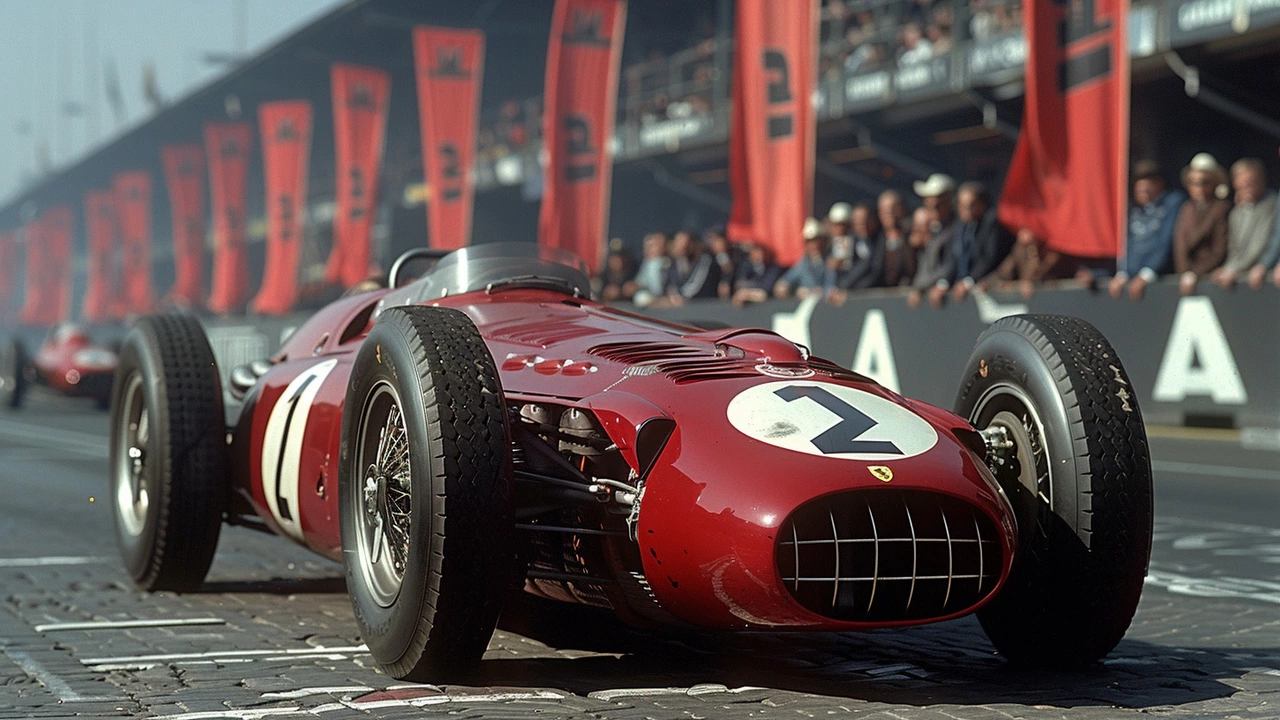Escort Models: The Unsung Heroes of Motorsport
When you think of racing, the first thing that comes to mind is usually the roaring engines and the blur of cars on the track. But hidden behind the scenes are the escort models – the safety cars, pace cars, and support vehicles that keep everything running smoothly. If you’ve ever wondered what makes an escort model tick, you’re in the right place. Let’s break down why these machines matter and which ones are stealing the spotlight today.
What Are Escort Models?
In simple terms, an escort model is any vehicle that travels alongside the racing grid to ensure safety, manage pace, or provide assistance. The most common type is the safety car, which steps onto the track whenever there’s an incident, bunching up the field and allowing marshals to clear debris. Then there’s the pace car, used at the start of a race or during a restart to set a steady speed for the competitors. Some series also employ a medical car, a tire‑change support vehicle, or a “drift‑car” that demonstrates upcoming changes to the track layout.
All of these vehicles share a few key traits: reliable braking, strong acceleration, and a chassis that can handle high‑speed runs without compromising safety. They’re not built for outright speed like the race cars they accompany, but their performance envelope is carefully tuned to match the specific demands of each series.
Top Escort Models in Today’s Racing
Every major championship has its own signature escort model. In Formula 1, the classic Aston Martin Vantage GT4 serves as the safety car – a sleek sedan with a V8 engine that can comfortably reach 200 km/h while staying perfectly stable under heavy braking. Its high‑visibility livery makes it easy for drivers and marshals to spot the car from a distance.
In NASCAR, the safety car is usually a Chevrolet Camaro SS, modified with a roll cage and extra cooling to survive repeated high‑heat laps. The Camaro’s big V8 gives it the torque needed to pull the pack together quickly, and its sturdy build guarantees it can handle the occasional contact during a caution period.
IndyCar, on the other hand, prefers the Dallara GP2/11 chassis fitted with a Mercedes‑based V8. This combination offers the perfect blend of agility and power, letting the safety car navigate tight street circuits as easily as it does a fast oval. The sleek silhouette also helps keep drivers focused, since they’re already used to seeing similar-looking cars in the field.
Beyond the big leagues, regional series often turn to more affordable options. The BMW M2 Competition is a popular pick for club‑level events because of its balanced handling and relatively low running costs. It still delivers enough performance to safely control the field when the race is under yellow flags.
One trend that’s gaining traction is the use of electric escort models. The Formula E safety car, built on the Volkswagen ID.4, can accelerate from 0‑100 km/h in under 8 seconds while producing zero emissions. This not only aligns with the series’ sustainability goals but also offers instant torque that helps keep the pack tightly bunched during caution periods.
So, why should fans care about these escort models? First, they’re a vital safety net – without them, accidents could quickly turn chaotic. Second, they give a glimpse into the technology that powers everyday road cars. Many manufacturers use safety‑car duties as a real‑world testing ground for braking systems, aerodynamics, and driver‑assist features.
Next time you’re watching a race and the leaders pull in behind a sleek, dark‑painted sedan, you’ll know you’re seeing a purpose‑built machine doing its job. Escort models may not win the podium, but they keep the show running safely, and that’s a win for everyone.

Glamour Meets Speed: Fashion Models at the Formula 1 Zandvoort Race
by Davion Strider / 15 Apr 2024The recent Formula 1 race in Zandvoort turned into a glamorous event as a group of beautiful escort models attended, adding a dash of fashion to the high-speed race. These models, known for their appearances in various media, mingled with racing enthusiasts and added an extra layer of excitement to the event. Their presence highlights the crossover between the world of sports and fashion, making the race not just a sporting spectacle but also a social and cultural event.


